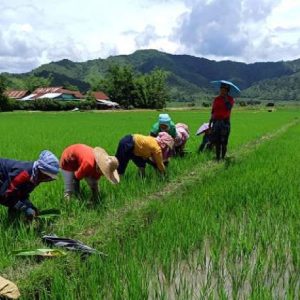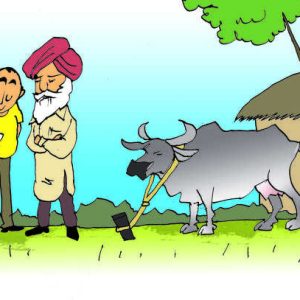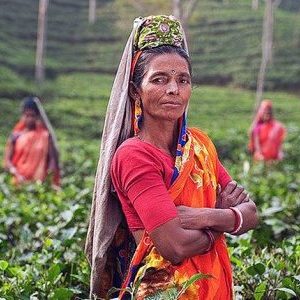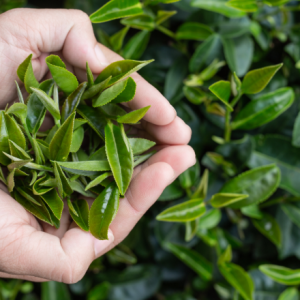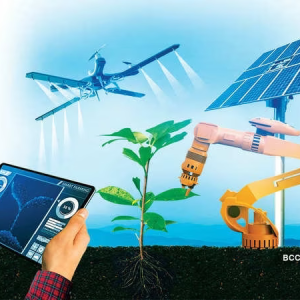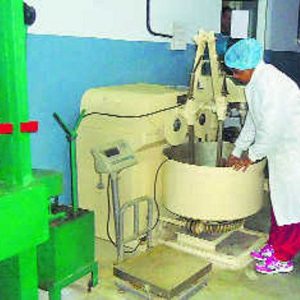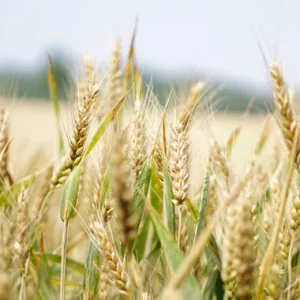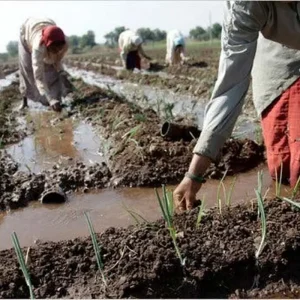Staple commodities like rice, wheat, groundnut, etc., are grown once in a year and stored for ensuring food supply and food safety all across the world. The storage practices or the mechanism of food grain warehousing is still an admixture of traditional practices and infusion of modern mechanisms. As an outcome of the admixture of traditional practices and the modern processes more than 20% of the food grain grown every year is lost. The loss of such a scale has a high level of quantitative and monetary value at the world level.
The losses in food grain can be on account of several factors and include storage structures, duration, the purpose of storage, grain treatment just before storage, climatic condition, and the geographical location of the places of storage, etc. Conditions like moisture, relative humidity, and temperature serve as catalysts to provide favorable conditions for the insect-pest attack.
Within the storage structures, the most suitable temperature considered for storage is 21°C and the moisture level nearly 9% within the bin. In the traditional storage structures, moisture is the causative factor for about 30% losses. As a matter of fact, during the crop transition from farmer to the consumer, there is a significant amount of crop loss and one of the main causes of loss is attributed to improper handling of moisture components.
According to a study done by De Lucia M., Assennato D. in Agricultural Engineering in Development: Post-Harvest Operations and Management of Foodgrains. FAO; Rome, Italy:2006, following is the maturity moisture content of the major food grain commodities from around the world:
| Crop | Maturity Moisture Content | Crop | Maturity Moisture Content |
| Paddy | 22–28 | Beans | 30–40 |
| Maize | 23–28 | Groundnut | 30–35 |
| Sorghum | 20–25 | Sunflower | 9–10 |
For the developed countries, having structured markets, it is an easy proposition to contain the losses. But for developing countries, riddled with highly fragmented markets, on account of the non-availability of cost-effective technologies, customized for field conditions, the value chain still relies on human interventions to complete the process of storage.
But, things have started to change with the emergence of new start-ups which have broken down the value chains to the farmgate level through innovative technology-based solutions. It indeed is elementary- What Sherlock Holmes had told to Watson- why nobody thought of mechanisms to cut down the moisture losses in the foodgrains, though FAO had come out with its study in 2006.
AgNext, has however taken the lead with its revolutionary Qualix platform that digitises food quality and safety and provides end-to-end commodity traceability. We apply computer vision, spectral analytics, and internet-of-things to instantly analyse and produce results for food quality (physical, chemical, and ambient) to ensure effective trade, production, Warehousing, and consumption.
Qualix is one-stop solution to manage all inbound, on the store (managing ambient conditions) & outbound quality for warehouses. It is portable, accurate, fully digital, and cost-effective, and is easy to use. Its image processing algorithm has the ability to automatically assess grains on quality aspects by segregating each grain to a specific category, calculating % defects in each lot & assessing all the chemical properties including moisture content in just 30 seconds. Its IoT solution monitors the temperature, humidity, gasses level & location tracking (in case of transportation), and provides real-time alerts on phone.
AgriBusinesses are in dire need of such rapid technologies for instant detection & monitoring food in order to ensure the quality of trade, Warehousing, and processing.

